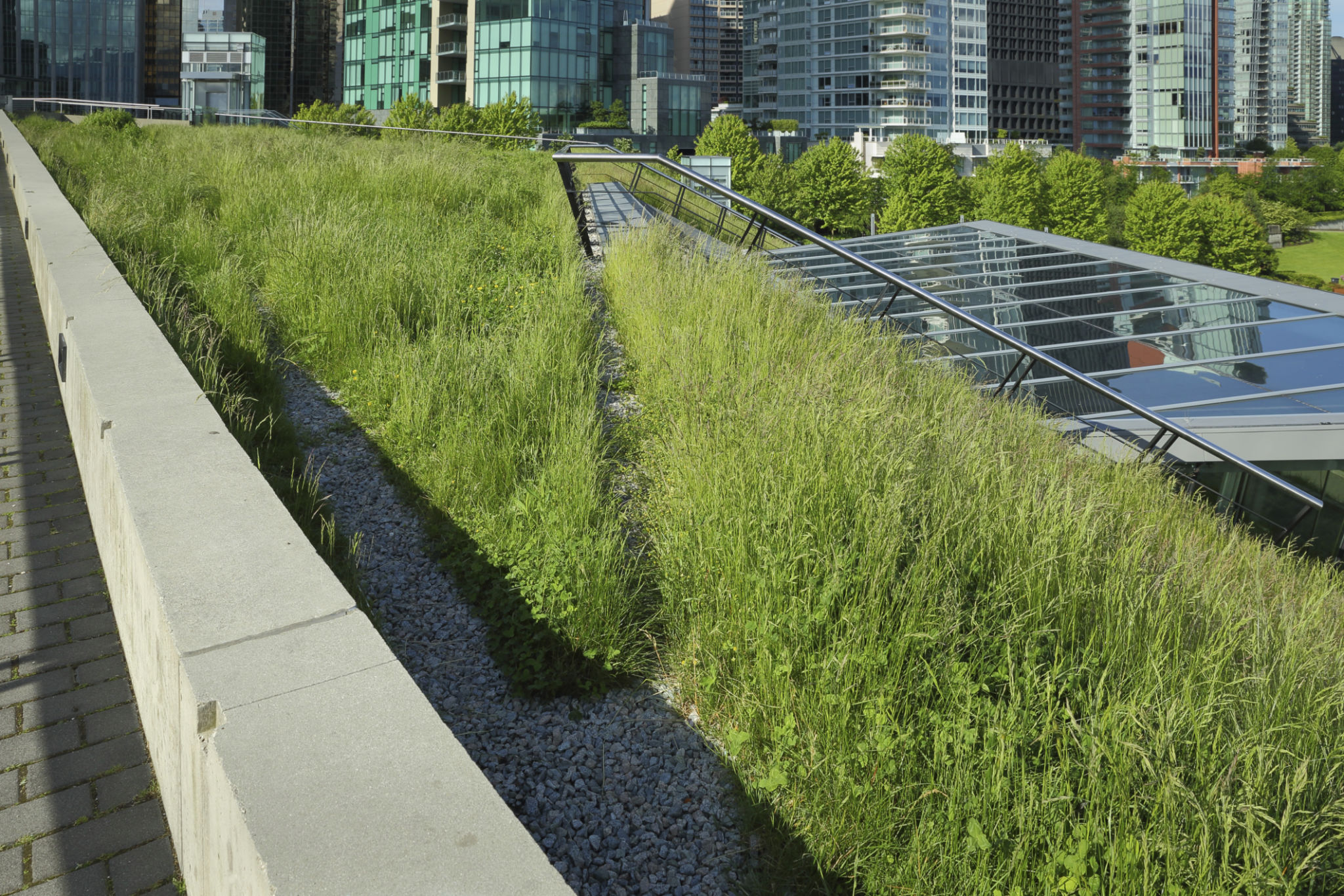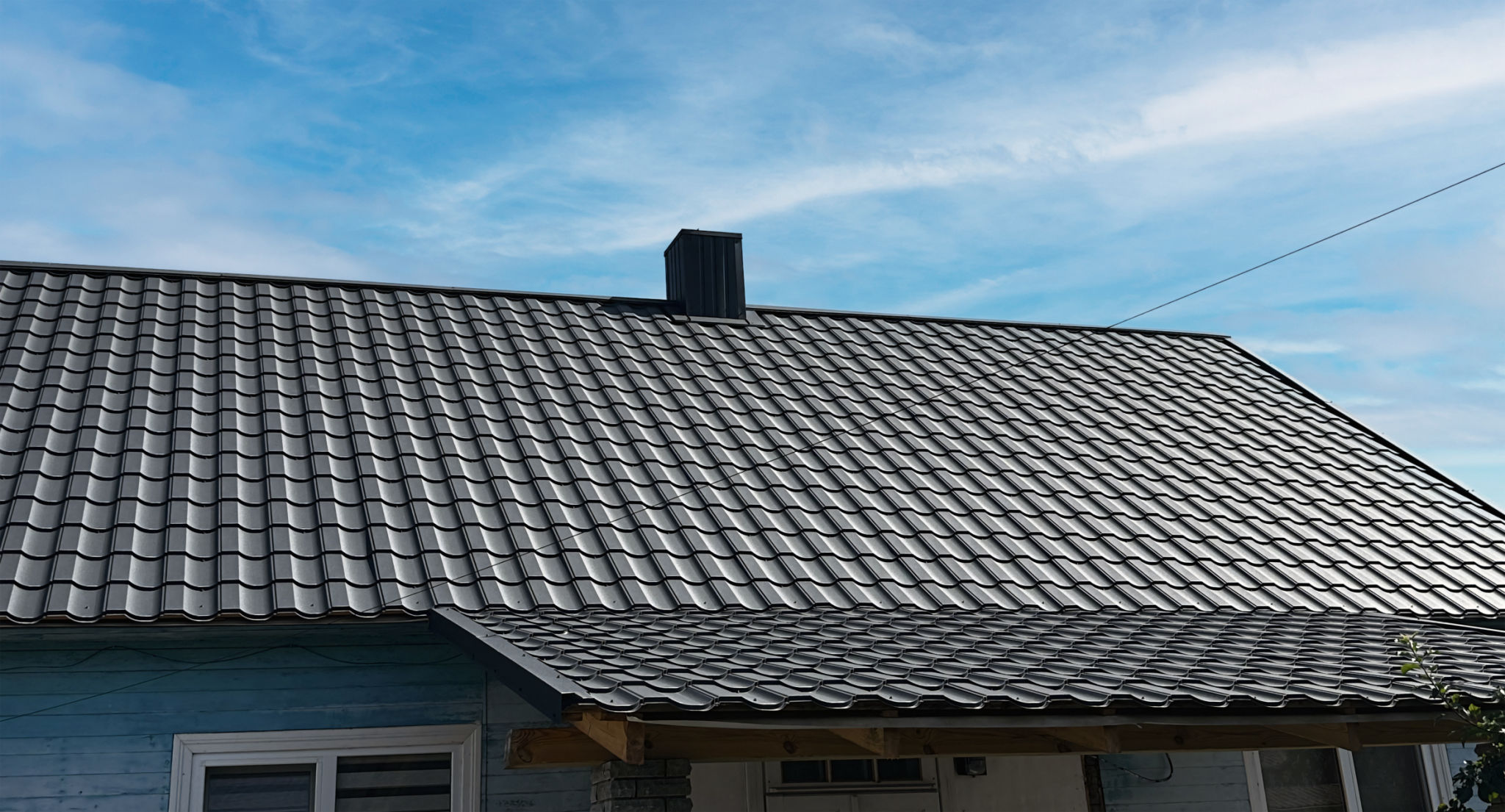Debunking Common Myths About Eco-Friendly Roofing
Understanding Eco-Friendly Roofing
In recent years, eco-friendly roofing has gained popularity as more home and business owners seek sustainable building solutions. However, along with its rise in popularity, several myths have emerged that can mislead consumers. Let's delve into these misconceptions and set the record straight.

Myth 1: Eco-Friendly Roofing Is Too Expensive
One of the most common myths is that eco-friendly roofing options are prohibitively expensive. While the initial costs may be higher than traditional materials, it's important to consider the long-term benefits. Eco-friendly roofs often lead to reduced energy bills due to their superior insulation properties. Additionally, many regions offer tax incentives and rebates, making them a financially viable option.
The cost-effectiveness of eco-friendly roofing becomes evident when considering the roof's lifespan and the savings on energy and maintenance over time. What seems like a costly investment upfront can result in significant savings in the long run.
Myth 2: Limited Design Options
Another prevalent misconception is that eco-friendly roofing limits design choices. In reality, eco-friendly materials come in a wide variety of styles and colors, much like traditional roofing materials. Whether you prefer the look of shingles, tiles, or metal roofs, there are sustainable options available to match your aesthetic preferences.

Additionally, innovations in sustainable materials mean that options are continually expanding. From solar roofing tiles to green roofs teeming with vegetation, homeowners have a rich palette to choose from without compromising on environmental responsibility.
Myth 3: Eco-Friendly Roofs Are Less Durable
Concerns about durability often deter people from considering eco-friendly roofing. However, many sustainable materials are as durable as, if not more durable than, traditional options. For instance, metal roofs, which are recyclable and energy-efficient, can last up to 50 years or more with proper maintenance.
Moreover, green roofs provide added protection against the elements, enhancing the longevity of the underlying roof structure. The layer of vegetation acts as a buffer against UV rays and temperature fluctuations, which can degrade traditional roofing materials over time.

Myth 4: Eco-Friendly Roofing Is Only Suitable for New Constructions
A misconception exists that eco-friendly roofing solutions are only applicable to new buildings. Many believe that retrofitting an existing structure with sustainable materials is too complex or costly. However, numerous eco-friendly options are designed for retrofitting purposes.
For example, solar panel installations and cool roof coatings can be applied to existing roofs, significantly enhancing their energy efficiency without requiring a complete overhaul. This makes transitioning to more sustainable practices accessible for older buildings.
Embracing Eco-Friendly Roofing
The move towards eco-friendly roofing is not just a trend but a necessary step towards sustainable living. By debunking these common myths, we hope to encourage more property owners to consider these environmentally responsible options. Embracing eco-friendly roofing is an investment not only in your property but also in the planet's future.
